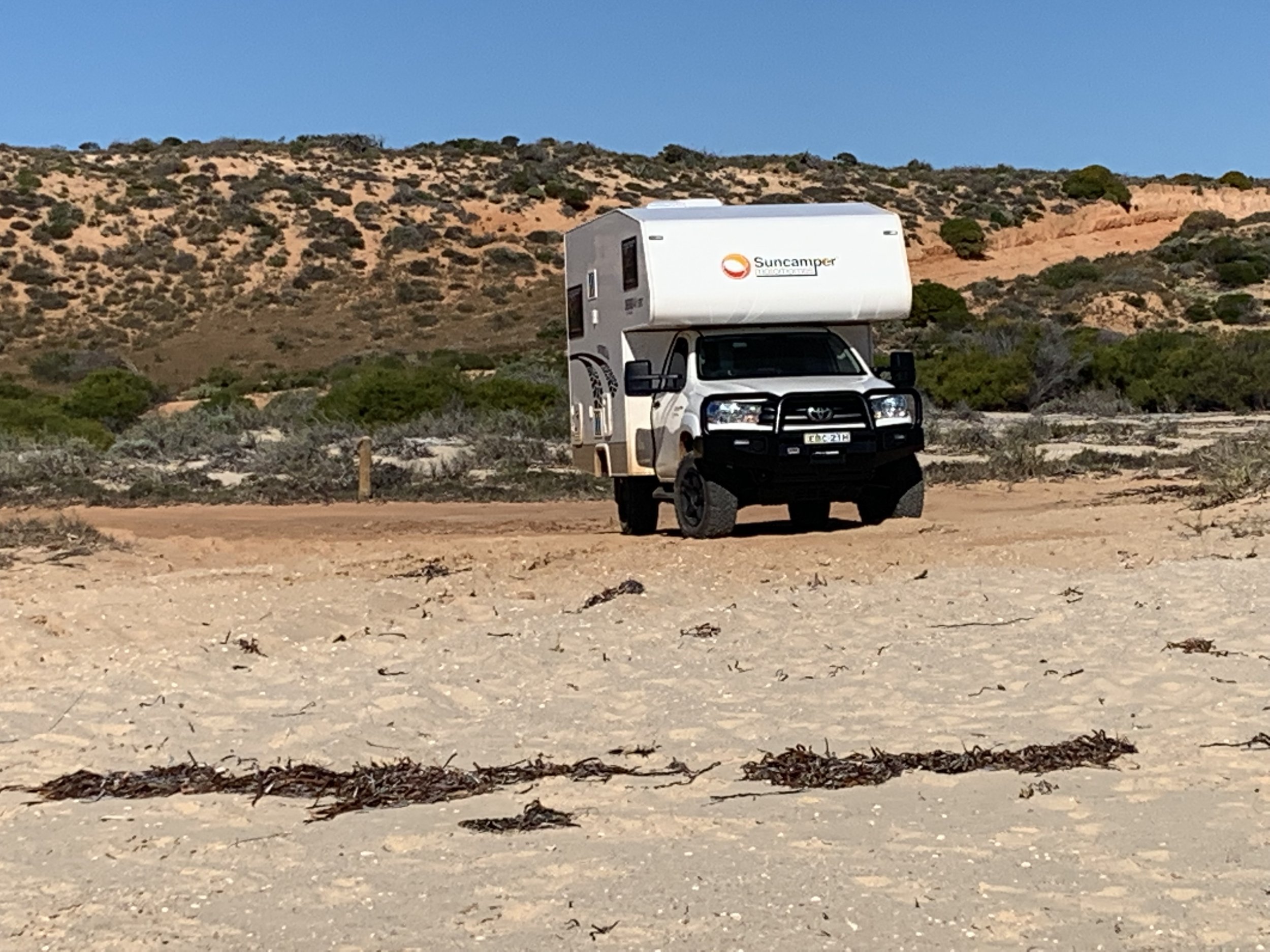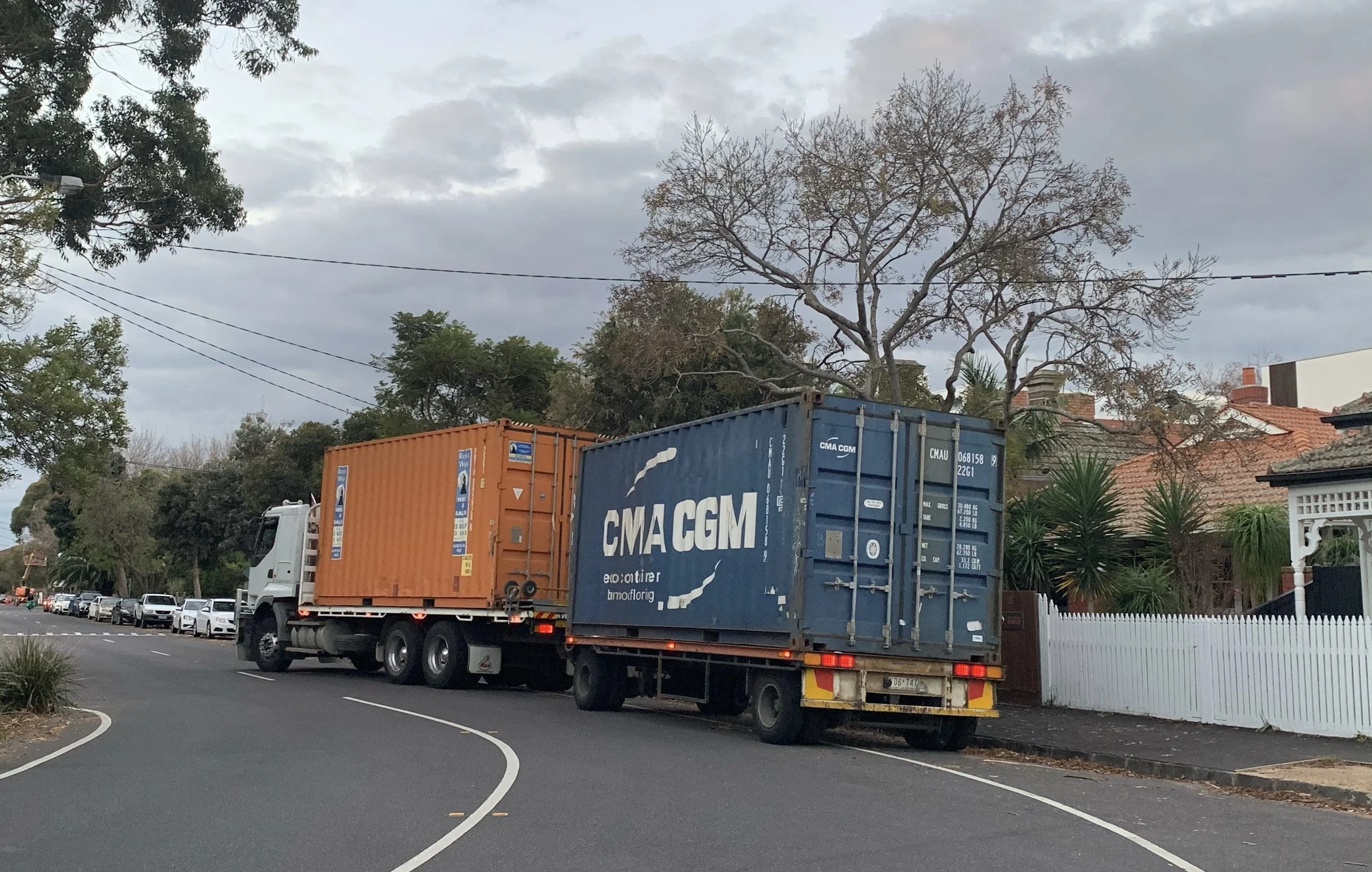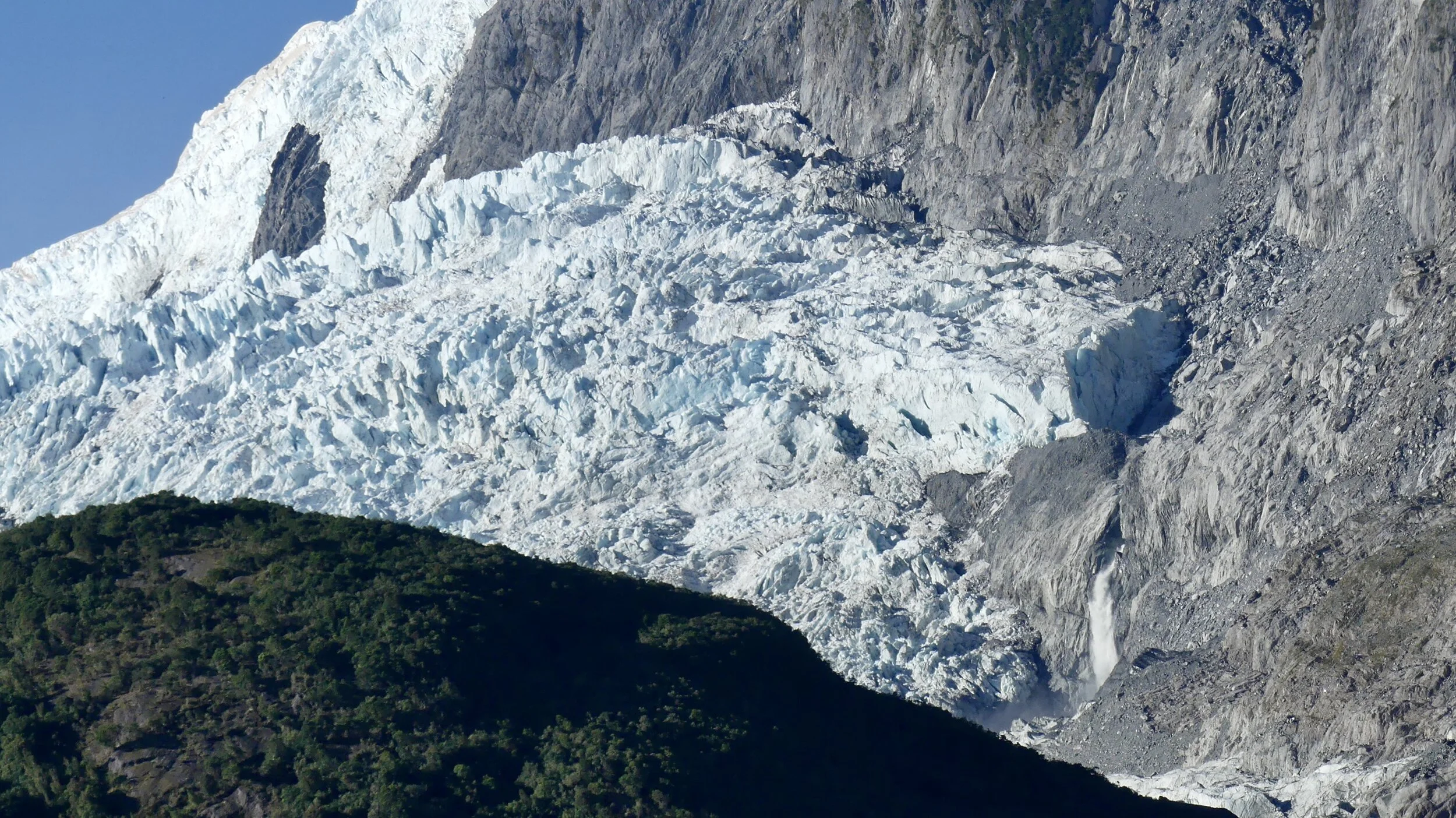Odyssey
Remember, if Australians have named a place Pink Lake, there will be a lake, and it will almost certainly be pink.
During a mini road trip in 2010, six months into a new life in Australia and somewhere west of Queensland’s Atherton Tableland, I realised there had to be more adventures out back and beyond. And they wouldn’t be possible in a compact Audi saloon: Aussies would laugh at us, for one thing. We never did get a monster feck-off 4x4, and more than a few fellow travellers, I’m sure, disparaged our small Land Rover. But hey, it got us up and over Big Red in the Simpson Desert, mate, so stop yer mocking.
The Landie has stayed in the family but retired 12 months ago to the Surf Coast in Victoria. It was unable to pull a caravan or camper trailer, however badly I wanted it to. What was needed for the ultimate Big Trip was a vehicle we could sleep in; make a quick getaway at the start of a long day’s drive; remain in one piece over long stretches of bone-breaking surfaces; and ford a creek running high.
The solution was a small off-road motorhome which soon became known simply as The Van. More agile than a motorhome; much cooler (hip) and more versatile than a caravan, The Van was on occasion the subject of scrutiny by seasoned travellers, hippies and grey nomads alike. It took sandy, rock-strewn and corrugated tracks in its stride; and surpassed itself during the hardest-of-all challenges, the road to Purnululu.
On the road, or not
The stats: The Van was a Suncamper Sherwood S-Series II motorhome built on a Toyota Hilux base (diesel, 4x4). We travelled 18,463 kilometres in 114 days, through three states and one territory. We stayed in 64 different places, most of them campsites.
Odyssey is an interesting word, but forget ancient epic poems. I like Merriam-Webster’s ‘A long wandering or voyage usually marked by many changes of fortune’. The Cambridge English Dictionary adds, ‘…especially while searching for something’, which is a bit vague, and do they mean on the ground or in one’s soul? Britannica Dictionary describes ‘a series of experiences that give knowledge or understanding to someone’.
Ah, but I was so much older then. I’m younger than that now (My Back Pages, Bob Dylan).
The word journey had its roots in the French journée, meaning ‘by day’, and medieval Latin diurnata, ‘a day’s work’. A journey was definitely only a day-long thing back then.
The original idea had been to take six months or more to reach the furthest points south, west and north of the massive Australian continent. The easternmost had been ticked off many times, as we hopped over the New South Wales border to beautiful Byron Bay when we lived in Brisbane. By the time we left Torquay Victoria, in June 2021, I had years of lists and hastily jotted notes, some of them brief and barely decipherable, as well as online links. Some tracks and trails had, in a decade, become too well trodden to be truly adventurous. You should always be prepared to go where most others fear to tread.
There were constraints: you cannot, for example, visit tropical Kakadu National Park during the Wet. Having less time for the project – a return to the UK was overdue – made hiring The Van preferable, although significantly more expensive. In the beginning we couldn’t even decide whether to travel anticlockwise or not, a decision dependent in part on regional climates. For months, St Kilda Sundays were devoted to identifying campsites and interesting things and day-to-day route planning. At some point we tired of such thoroughness, and just as well: few details could be firmed up months or even weeks in advance, and that was before a pandemic turned everything on its head.
Being able to travel with restrictions snapping at our heels – in some cases crossing a state border with hours to spare – seems unreal 12 months on. With hindsight, spending so much time in Western Australia saved the trip. And how fortunate were we, to be able to do any of it at all?
Leaving Australia on a one-way ticket to the opposite corner of the planet last November has drawn an additional veil across an experience I might struggle to remember in detail, were I not about to pick out the highlights and challenges of the trip of a lifetime. See yous later.
Note There are several pink lakes in Australia. Some are pinker than others: pinkness varies according to weather, water depth and mineral constituents






